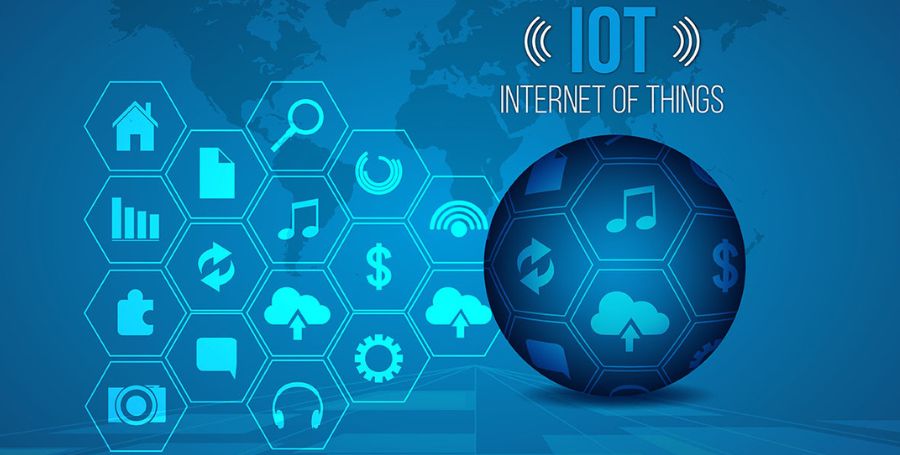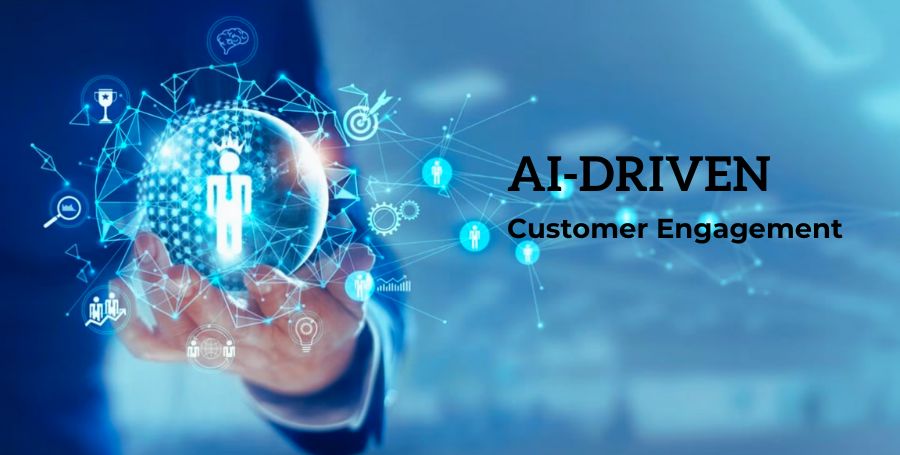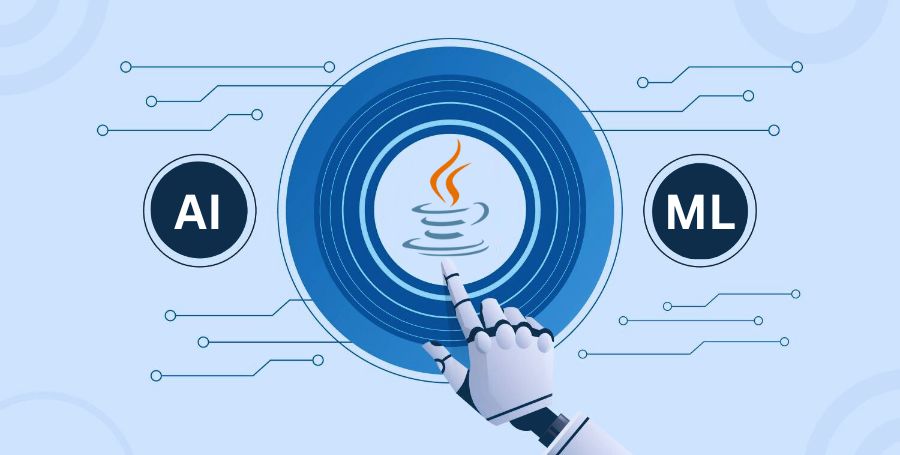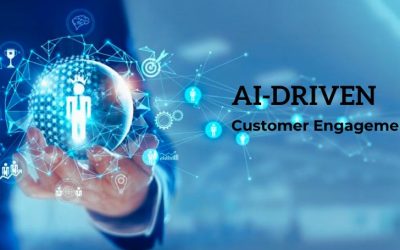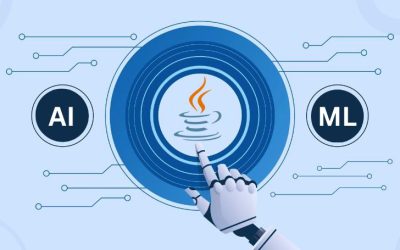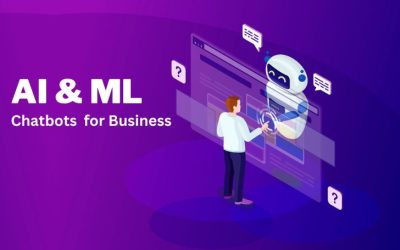Have you ever wondered how technology can make things smarter, more efficient, and cooler? Indeed, that is where intelligent mobility becomes possibly the most important factor! It resembles giving frameworks to the human brain and allowing them to adjust and learn continuously.
What Is Intelligent Dynamics?
CRM and ERP systems play a critical role in increasing organizational efficiency and customer satisfaction in the ever-evolving landscape of business technology. AI and predictive analytics in CRM and ERP, collectively known as Intelligent Dynamics, address a shift in outlook that promises to improve how organizations operate and engage their customers. This article dives into the extraordinary power of intelligent mobility, examining the potential benefits, challenges, and future directions of this intelligent framework.
How Clever Is Intelligent Dynamics?
Intelligent Dynamics refers to the combination of advanced technologies and intelligent systems known as Intelligent Dynamics. This interdisciplinary field joins components of computerized reasoning, control theory, data analytics, and AI to make refined answers for overseeing complicated, powerful frameworks.
In the domain of designing and innovation, Intelligent Dynamics finds applications in regions like advanced mechanics, independent vehicles, savvy production, and modern mechanization. By utilizing computational knowledge, AI calculations, and constant information examination, clever elements empower frameworks to adjust, learn, and settle on informed choices in powerful and unsure conditions.
In terms of business and executives, Intelligent Dynamics plays a significant role in upgrading processes, predicting market trends, and further improving decision-making. Through smart computing solutions, organizations can derive important insights from massive datasets, taking into account more agile and informed processes.
Improving Client Relationship Management
Microsoft Dynamics CRM Development systems based on AI go beyond the traditional management of customer data. They influence predictive analytics to dissect client preferences, anticipate needs, and customize cooperation. AI calculations can dissect immense datasets to distinguish designs, empowering organizations to tailor their advertising systems, further develop client care, and encourage more grounded connections. Intelligent CRM frameworks respond to client behavior and actively anticipate and handle their evolving assumptions.
Smoothing Out Big Business Resource Planning
ERP framework leverages artificial intelligence to work on asset allocation, inventory, AI, and general functional proficiency. Predictive analytics are crucial for gauging requests, overseeing stock, and identifying expected bottlenecks in the creation cycle. Intelligent ERP systems enable businesses to quickly adapt to shifting market conditions and remain competitive in a dynamic business environment by automating routine tasks and providing real-time insights.
Advantages of Intelligent Dynamics
Customized Client Collaborations
AI-driven CRM frameworks empower associations to convey exceptionally customized client encounters by figuring out individual inclinations and ways of behaving.
Proficient Asset Designation
A savvy ERP framework increases asset allocation, reduces waste, and drives greater operational efficiency.
Data-Driven Direction
Predictive analytics engages organizations to make informed choices by dissecting verifiable information and distinguishing patterns, helping in essential preparation.
Automation of Routine Undertakings
AI mechanizes unnecessary tasks, freeing HR to zero in on additional confusion and fantasy parts of their jobs.
The Future of Intelligent Dynamics
The fate of CRM and ERP lies in the development of Intelligent Dynamics. As AI innovations progress, this framework will become significantly more refined, offering more experiences, upgraded automation, and more prominent flexibility. Coordinating with arising innovations like the Web of Things (IoT) and blockchain will additionally intensify the extraordinary effect of Intelligent Dynamics, establishing an all-encompassing and interconnected business climate.
As the coordination of AI and predictive analysis keeps on reclassifying Customer Relationship Management (CRM) and Enterprise Resource Planning (ERP), a few energizing patterns are ready to shape the fate of Intelligent Dynamics. These trends show how technology is always changing and how it affects how businesses manage relationships, streamline their operations, and use data to make strategic decisions.
AI’s Hyper-Personalization
Organizations will be able to create hyper-personalized customer experiences as AI-driven personalization reaches new heights. AI computations not only crunch authentic data but also continuously adjust to client behaviors, inclinations, and emotions, empowering organizations to deliver tailored engagements at an unprecedented level.
Integration of ERP and CRM
The customary split between CRM and ERP will fade as associations look for incorporated arrangements that give a comprehensive perspective on client collaborations and inside tasks. The phases brought together will work with a continuous flow of information between client-facing and administrative center capabilities, generally improving speaking proficiency and joint effort throughout the effort.
AI Fueled Prescient Upkeep
Predictive analytics will be a significant part of maintenance plans in ERP. AI calculations will estimate hardware disappointments, suggest preventive measures, and advance support plans. This proactive methodology will limit personal time, decrease costs, and expand the life expectancy of basic resources.
Moral AI and Dependable Data Use
As artificial intelligence frameworks become more compelling, there will be an expanded spotlight on ethical considerations and the use of competent information. Transparency in AI algorithms will be enforced by businesses to guarantee fairness, accountability, and user privacy. Moral rules and industry principles will arise to oversee the utilization of computer-based intelligence in CRM and ERP applications.
Voice Activated Interfaces and Natural Language Processing
The mix of voice-initiated connection points and NLP will rethink client associations with CRM and ERP frameworks. Workers will want to give orders, recover data, and perform errands utilizing regular language, making these frameworks more natural and available.
Integration of the Blockchain for Improved Security
The vice elements will incorporate blockchain innovation to address concerns about data security and integrity. Blockchain’s decentralized and altered-safe nature will upgrade information security, giving a protected and straightforward starting point for CRM and ERP exchanges and cooperation.
Augmented Reality in Client Commitment
AR will track down applications for client commitment inside CRM frameworks. Organizations will use AR to provide virtual item shows, intelligent aides, and vivid client care encounters. This trend will result in richer customer interactions, bridging the digital and physical worlds.
Adaptive and Continuous Learning Systems
Intelligent Dynamics will advance into persistent learning frameworks that adjust to changing business conditions. Artificial intelligence calculations will constantly refresh their models in light of new information, emerging patterns, and criticism, ensuring that CRM and ERP frameworks will remain relevant and indispensable despite evolving difficulties.
Challenges and Considerations in the Realm of Intelligent Dynamics
Data Security and Protection
The reconciliation of artificial intelligence into CRM and ERP raises worries about information security and protection. Associations should carry out vigorous measures to safeguard delicate data and agree with guidelines.
Integration Complexities
Artificial Intelligence Development integration into existing CRM and ERP systems may be challenging. Consistent progress requires cautious preparation and execution.
Expertise Holes
Executing Intelligent Dynamics requires a labor force that can comprehend and use simulated intelligence innovations. Associations might have to put resources into preparation and advancement programs.
Final Outline
In conclusion, Intelligent Dynamics’s future promises to combine cutting-edge technology with ethical considerations and an unrelenting pursuit of improved user experiences. As organizations explore this extraordinary scene, keeping up to date with these patterns will be pivotal for outfitting the maximum capacity of artificial intelligence and prescient examination in molding the following time of CRM and ERP.
